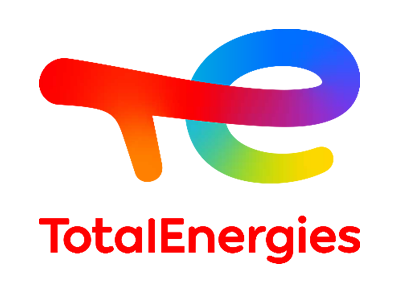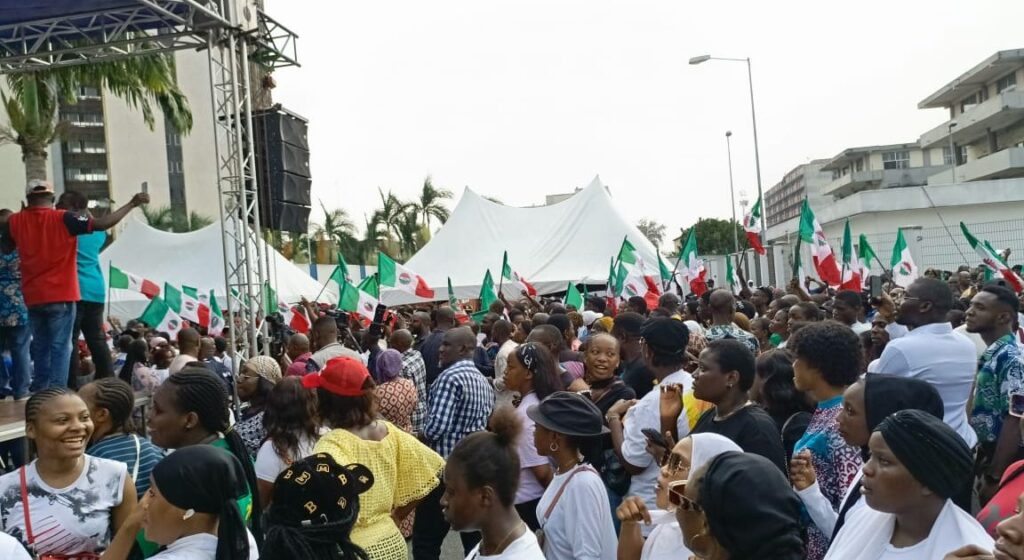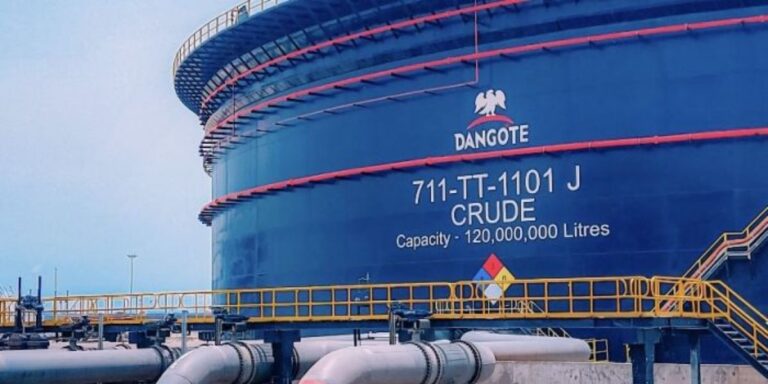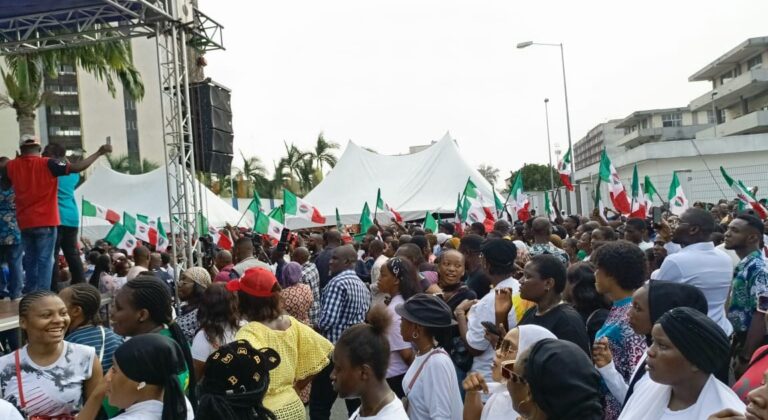TotalEnergies Marketing Nigeria Plc reported a disappointing second quarter performance for the period ended June 30, 2025, posting a loss after tax of N2.74 billion, a stark reversal from the N13.73 billion profit recorded in the same period last year.
The energy giant’s loss per share stood at N8.06 in Q2 2025, compared to earnings per share of N26.71 in Q2 2024, signalling deep operational and competitive headwinds.
For the half-year period, H1 2025 loss per share settled at N8.41, sharply down from N60.58 EPS recorded in the comparable period of 2024. The dismal showing reflects a cocktail of pressures, including plunging sales volumes, heightened competition from the newly active Dangote Refinery, and surging finance costs.
TotalEnergies’ revenue fell 22.2% year-on-year in Q2 2025 (H1: -20.0% y/y), dragged down by broad-based declines across all business segments—Network (54% of revenue),General Trade (35%), and Aviation (11%).
Despite higher product prices— PMS up 53.1 per cent y/y, AGO up 21.9 per cent, and DPK up 48.3 per cent—the company suffered volume losses, reflecting declining product offtake across its retail and B2B channels. Industry analysts attribute this contraction to the influx of cheaper petroleum products from the Dangote Refinery and its trading partners, which significantly eroded TotalEnergies’ competitive positioning.
On a quarter-on-quarter basis, revenue also dropped by 8.7 per cent, underscoring the deepening pressure on topline performance.
Though gross margin improved modestly by 58 basis points to 11.8 per cent in Q2, it failed to offset the effects of an escalating cost structure.
Operating expenses surged by 29.3% y/y, eroding gains from reduced cost of sales (-22.7% y/y) and driving a 343bps contraction in EBITDA margin to 2.8 per cent. The reduction in logistics and customsrelated expenses offered limited relief amid rising administrative costs.
A critical drag on earnings was the 138.2 per cent year-on-year spike in net finance costs, which hit N6.16 billion in Q2 (H1: N12.01 billion, +170.7% y/y). This deterioration stemmed from a 199.5 per cent y/y increase in interest on bank overdrafts and a 19.6 per cent rise in lease liabilities, coupled with a sharp 42.9 per cent decline in finance income.














